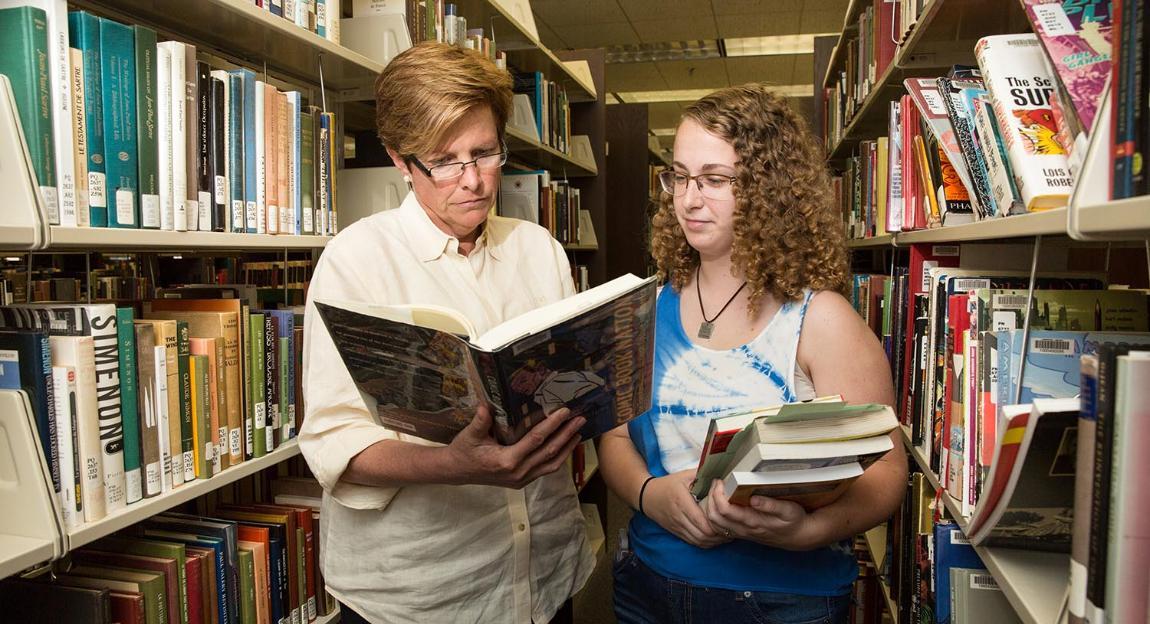Every day, thousands of people begin reading the book that will change their lives. It could be Grapes of Wrath or Pride and Prejudice.
For Karyn Keane, that book came in totally unexpected form: one of the most influential and lauded graphic novels, Watchmen.
“Watchmen was the first graphic novel I ever read,” she said. “I had the same preconceptions a lot of other people have, but it came highly recommended so I gave it a shot. I was surprised to discover just how complex it is and that it uses timeless literary devices to explore its themes. I came to realize pretty quickly that it is a piece of literature and not just a fun little comic book.”
Now that graphic novel is at the heart of a summer fellowship Keane, an English major from New Kent, is completing with Dr. Heather Lettner-Rust, associate professor of English.
I came to realize pretty quickly that [Watchmen] is a piece of literature and not just a fun little comic book.
Karyn Keane '20 Tweet This
Keane’s goal: to argue that Watchmen belongs in the same conversation with classics like Grapes of Wrath and Pride and Prejudice—in part because it’s a graphic novel that uses imagery to help propel the story.
Tied up in that topic are questions about significance, influence, assessment and engagement with a generation that has come of age as graphic novels have become more prevalent and started to pick up major awards. In 2016, for example, March: Book Three won the National Book Award, while Roller Girl became the second-straight graphic novel to win the Newbery Medal.
Through her work this summer, Kean said she is expanding the way she thinks about her classes and what makes a written work appropriate for college-level study. “Graphic novels are certainly more common and getting more respect in literature circles,” said Keane, “but what I’m coming to understand is there is much more than I thought that goes into building a curriculum. Understanding visual rhetoric and graphic communication is an essential skill for students today, and this book teaches that in a way some of the classics can’t. My argument is that the English curriculum needs to embrace that.”
Understanding visual rhetoric and graphic communication is an essential skill for students today...
Karyn Keane '20 Tweet This
Just a freshman, Keane is a rare instance of someone so young embarking on an ambitious summer research fellowship—most students don’t get an opportunity like this until they are rising juniors or seniors. But Keane’s level of writing in her freshman English comp course led Lettner-Rust to propose the summer fellowship.
“It was one of the biggest ‘lightbulbs’ of my life,” said Keane. “After talking to Dr. Lettner-Rust, I realized that I could help shape things that are way bigger than just my life. We’re talking about big things this summer—whether graphic novels should be included in general English classes, and if they are significant enough to demand a place in a curriculum.”
Interested in learning more about graphic novels? The Virginia Children's Book Festival, which takes place October 19-21 on Longwood's campus, will feature some of the most acclaimed graphic novelists working today. Free and open to the public.



Leave a Comment